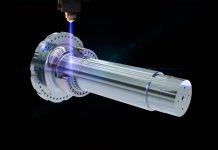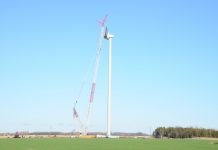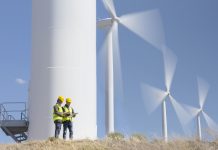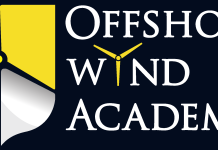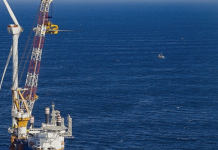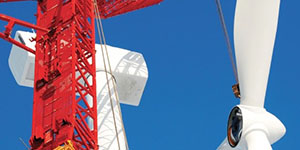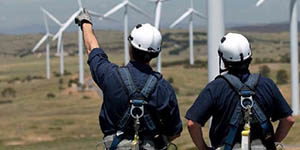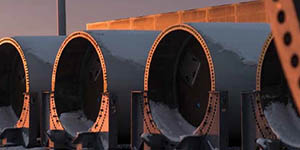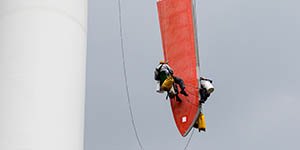A standardized approach for quantifying the mechanical limits of subsea cables was recently published, that addresses uncertainty in the offshore industry on the performance limits of subsea cables. What do these guidelines propose?
It introduces the standardized performance-based methodology for defining the mechanical limits of subsea cables. It focuses on actual performance capacity, safety margin, and enhancements to existing procedures and testing methodologies.
But what does that mean? Traditionally, cable manufacturers define mechanical limits, and when I say mechanical limits, I mean things like minimum bend radius, tension, compression, things like that.
Traditionally, those limits are based on internal rules of thumb. And they’re confirmed through the various kinds of performance tests that manufacturers will do before selling an asset.
Through that test, the manufacturer will then verify that the cable can withstand that specified rule-of-thumb load, but it doesn’t necessarily quantify how close that load is to the actual failure point.
Even though you have that test, which says the cable will withstand this bend radius to this degree, it doesn’t provide a safety margin, so that limit may actually be overly conservative and be quite limiting.
What these guidelines proposed is the shift from conformance testing to performance testing, where a cable is tested to the point of mechanical limit. This will allow you to identify the actual pain of your threshold, and then define a safety factor to derive more accurate and also consistent limits.
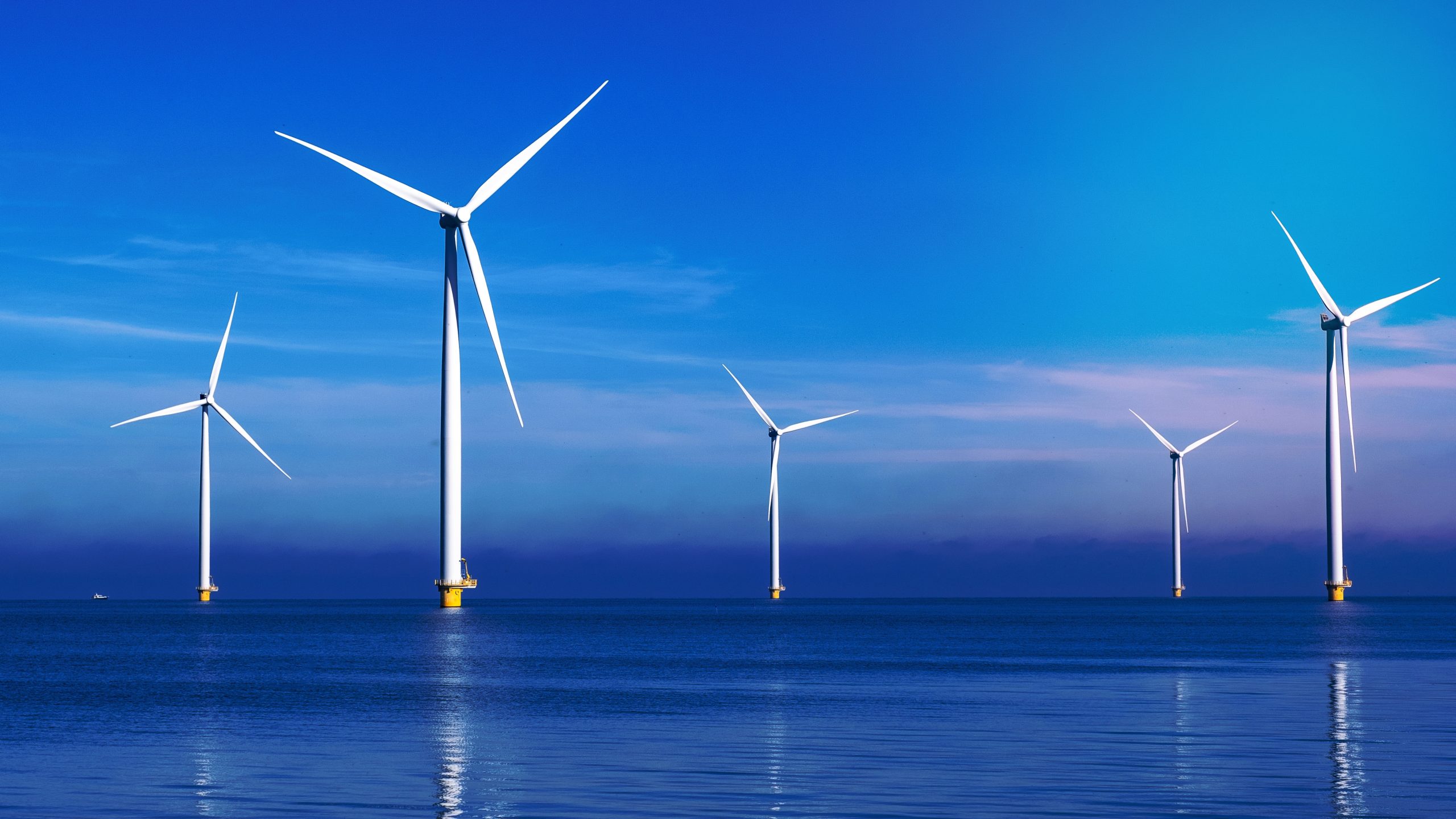
How did this project develop?
This is a good opportunity to talk about our programs in general. This program is a project under the Offshore Wind Accelerator, and it’s a collaborative research and development program led by the Carbon Trust. All of our programs are basically collaborative R&D programs. That means we have a group of partner developers, and those partner developers will recommend their experts to join certain groups. Within the Offshore Wind Accelerator, one of the groups is cables, another one is electrical, logistics, yield, etc. The developers will send one or two experts, as the representative to join meetings and suggest challenges and to review on the global board as well.
Together annually, we go through a process of identifying the topics to study. Those same developer partners, they put money into a shared pot, and from that shared pot is what we innovate. The projects come straight from the developers who are designing, bidding for, and building offshore wind farms.
The first phase of this Mechanical Limitations project goes back to 2021 where we, together with the developers, decided we wanted to run this project. They decided at the time to address inconsistencies in how mechanical elements are defined. Following that, the first project was really looking a lot more at the technical things that you can sort out, for example, doing literature reviews into testing methodologies and into other standards that are present and doing desktop modeling as well. The second part of the project focused on building consensus across the industry. That’s where we got various stakeholders involved, mainly cable manufacturers, considering they’re the ones who are testing these cables.
What did the project base its findings on?
First, we had a discussion with developers to understand what their requirements were for this testing. What are they asking for from the manufacturers? We wanted to get an understanding of the base case — the minimum that the developers want. But we also did a literature review and looked at all sorts of technical standards for CIGRE, DNV, API, IEC, etc. Some of those were about performance testing methodologies, and others were about safety factors, and what sort of forces different components would withstand. There’s a lot of separate technical knowledge already published, so we looked at that. We did some numerical modeling as well.
Under this collaborative program, we would run quite a few projects at the same time, and, quite often, we will contract an engineering consultancy to deliver this work. In this report, that delivery partner was Wood. They did a lot of the engineering background work. In the second stage, there was six workshops that spanned the whole year with the supply chain as well. They could basically review the guidelines chapter by chapter and make comments and suggestions so we could reach a consensus.
Why were these guidelines needed in the first place? You talk about the load, and figuring out what the load is, but could you go into more detail about that?
The main reason, especially at the beginning of the project, was that there were no unified standards for performance testing. You had all these different tests that manufacturers would run. One manufacturer would do one thing, and another would do something else, so it was difficult to compare products in the market. That meant that all these developers, when buying products, would have all these different requirements, which meant the developers felt like they couldn’t compare the products, and the manufacturers felt like they had to do all these different testing, because one developer wants one thing, and another developer wants something else. So how do you meet all of those expectations?
So, there was a wide variation of assumptions and in the different approaches taken. There was a lot of uncertainty and risk as a result of that. We wanted to create something a bit more standard, so that it becomes easier to make informed decisions across the start of a project. Because I should say, the factors performance testing we’re suggesting is partially for the manufacturer.
For example, during manufacturing, for storage and transport, static cables are wrapped around a spool. You’re wrapping, winding, unwinding, winding, unwinding. And the cable might have a different kind of load bearing capacity 10 years into operation, as well as a different load bearing capacity during a fault. We looked at how that might change over time as well in this project.
In what way can the guidelines help the offshore wind industry?
If you’re a supplier, this is very relevant to you. If you’re an insurer, this is very relevant to you, just to understand the limits that a cable can meet, and also how those cables should be tested. The other thing is having something as the current best practice summarized in one document. It definitely adds clarity to the sector, but it also really adds a basis that you could innovate on top of. Now that we know this is where we’re at, and this is our best practice, what can we do next? Standardizing something does not mean that we’re stopping innovation. The whole point of the programs is innovation. We generally find that having a good basis helps with that.
Then the other thing is, if you have better standards, then you have a better industry understanding that, in theory, leads to less failures and optimized installation practices and optimized transport and logistics. All of those things save money, and obviously that will translate to a lower energy cost as well for the consumer, as well as, of course, increasing reliability, because energy security and resilience is really important.

How does defining the mechanical limits of cable performance capacity offer potential benefits in general and for offshore wind?
Cables, especially in offshore wind, a lot of them based on their design will have different limits that they can actually reach, but there’s a lot of operational flexibility that they’re maybe not taking advantage of.
If we have a better understanding of the kind of things that can happen to a cable and the loads that it can withstand, then we have a better understanding of the risks themselves. We’re less likely to underestimate them and actually deal with them appropriately. This can allow better integration of cables into the general wind-farm design, especially if you’re talking about getting appropriate cable protection systems, or monitoring systems, or whatever it might be.
What was it like working with the industry on the guidelines?
Obviously, the whole idea came from the developers and the buyers and the operators, etc. They wanted to do it. They had their own reasons and they paid for it as well. The supply chain has been involved in the past year on the project as well. We wanted to make sure that we brought them along. The response has been very positive in that we did have the consortium of 16 members in total.
There’s a lot of interest in it. In terms of how it’s going to be used, I think that remains to be seen. A lot of it will be between the developers and the suppliers themselves in understanding those cable limits. But it’d be also interesting to see if the standards progress. Hopefully, this is a guideline that will be referenced in future standard work. It’s a good place to start to understand where we’re at now, and then, if we want to go further, then this is what we should be referring to.
So, you see the guidelines more as a springboard to more innovation that’s specific to wind and other types of cable work?
I think all guidelines are. I think there’s obviously use in it, not even just as a springboard, but they’re using it practically in terms of the general benefit to the industry at large — we’re talking about certification bodies, as well as insurers and R&D specialists. There’s definitely a lot more we can do as we build on this.
These guidelines allow a focus on the next steps, as opposed to just starting all over the place?
Exactly. Rather than somebody else now having to go and read the technical brochure themselves and all this other documentation — which there’s a lot of — you can just refer back to this. You can obviously go and read the technical brochures as well, but at least there’s a reference point where you can see what is relevant and a general summary of those things.
Is there anything else you’d like to mention that we didn’t talk about?
I think maybe something that would be interesting, just because I know you’re based in the U.S., while many of the Carbon Trust programs have been a bit more Europe-focused due to the support in the technology, we do have a program based in America. It’s the NOWRDC program (National Offshore Wind R&D Consortium). Developers collaborate alongside many states, wider industry partners and historically the federal government. Despite the challenges with federal support withdrawing from offshore wind, other partners including states are still interested. There is definitely an understanding now that there’s an opportunity for those parties, for the U.S. supply chain to become useful to not just the U.S., but externally as well, because their experience is applicable to the industry.
More info www.carbontrust.com




